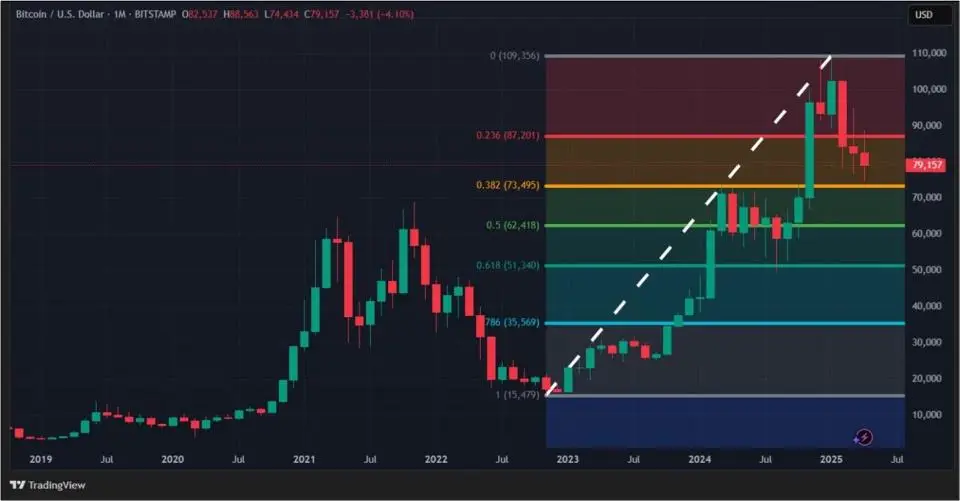Fibonacci sequence
The Fibonacci sequence is a numerical series in which each subsequent number is equal to the sum of the previous two: 0, 1, 1, 2, 3, 5, 8, 13 and so on. The sequence received its name in honor of the Italian mathematician Leonardo Pizansky, better known as Fibonacci, who lived in the XII-XIII centuries. He was the first to pay attention to her in the work “Book of Abak”.
Calculation of levels
The fact is that adjacent members of the sequence relate to each other. For example, if you begin to divide each previous number in the chain into the next, you can notice that the private of the division will strive for 0.618. If you make the opposite, that is, to look for how many times the subsequent number is more than the previous one, then the result will strive for 1.618.
By analogy with the above numbers, other coefficients are calculated. For example, if you start dividing the current number by that which goes through one, it turns out 0.382, and if in two – 0.236. The result is another sequence: 0, 0.236, 0.382, 0.618, 0.764, 1, 1,618 (percentage is also permissible). It is these indicators that are the basis for building support levels, if we are talking about values below the unit, and resistance, if more.
Building levels
In order to build these levels on cryptocurrency schedules, it is necessary to determine two points: the beginning and end of the trend. It can be either local extremums or global. Next, you should calculate the difference between the maximum and minimum, and then multiply it by the corresponding coefficients. On the obtained values and levels are held.
However, in practice, this is not necessary to do this – in any modern trading terminal, Fibonacci levels can be carried out automatically. The only thing you have to do on your own is to determine from what points to postpone them. Given that most services are English -speaking, most often the tool will be called Fibonacci Retraacement.
Consider how Fibonacci levels work on the bitcoin graph. The monthly timeframe shows that from November 2022 to January 2025 BTC grew, and then correction began. Therefore, on the reference point you can take on November 2022, and for the end of the trend – January 2025.
As can be seen from the candle schedule below, now Bitcoin has almost approached 0.382 level. If you manage to stay higher, then growth is quite likely. It is also worth paying attention to the level of 0.618 – a minimum of previous correction was formed in its area in August 2024.

Source: TradingView.com
Disadvantages of fibonacci levels
The first drawback is the need to wait for the end of growth or fall. While the price movement is not completed, the construction of levels is impossible. The second drawback is the subjectivity of the assessment. The fact that for some will be considered the end of growth, others simply ignore. The third minus of Fibonacci levels is that they serve only to a guide for purchase or sale and do not give any guarantees. For example, on the same monthly schedule of bitcoin near the 0.236 correction level, no events occurred, and the BTC continued the fall.
Real use of fibonacci levels
What to do to increase the efficiency of using fibonacci levels? First of all, it must be remembered that the decision made can be erroneous. No need to blindly believe that the points for building fibonacci levels are determined correctly. A good way out of the situation will look at the signals that are supplied by third -party trading indicators: RSI, MACD, Stochastic and others. Fibonacci levels will become even more important if they coincide with important psychological or historical marks.
Conclusion
Fibonacci levels allow traders to determine areas on graphs where the trend is expected. They are based on a mathematical sequence, which was first described by Leonardo Pizan.
This material and information in it is not an individual or other other investment recommendation. The view of the editorial office may not coincide with the opinions of analytical portals and experts.
Source: Bits
I am an experienced journalist, writer, and editor with a passion for finance and business news. I have been working in the journalism field for over 6 years, covering a variety of topics from finance to technology. As an author at World Stock Market, I specialize in finance business-related topics.







